Lacrossedad
TPF Noob!
- Joined
- Mar 10, 2017
- Messages
- 46
- Reaction score
- 28
Ok, so I spent some money on new equipment after being away from photography for awhile. Now that I had gotten over the shock of the money I spent on camera and glass, now I find my self ready to start shooting in RAW and investing in Photoshop/Lightroom.
BTW, I have not been shooting RAW as the old software I have from my old D70s didn't support RAW files.
Do you suggest buying the software outright or getting a yearly membership? When actually out shooting, is there anything I need to keep in mind about RAW?
Thanks in advance....
BTW, I have not been shooting RAW as the old software I have from my old D70s didn't support RAW files.
Do you suggest buying the software outright or getting a yearly membership? When actually out shooting, is there anything I need to keep in mind about RAW?
Thanks in advance....


![[No title]](/data/xfmg/thumbnail/37/37605-90c8efaef5b7d1f52d4bf8e7dfd33673.jpg?1619738148)

![[No title]](/data/xfmg/thumbnail/33/33359-a5cf76b8e843e82b3831650af6dfa6b3.jpg?1619735923)
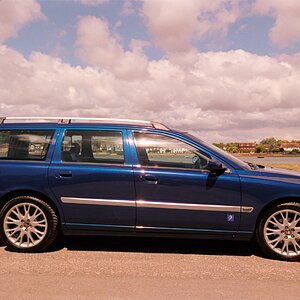

![[No title]](/data/xfmg/thumbnail/41/41756-e54235f9fba04c8380cd991845bb84b1.jpg?1619739881)
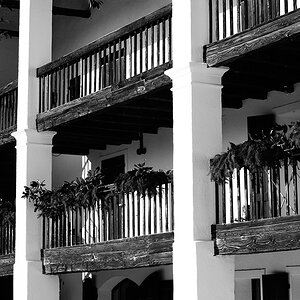
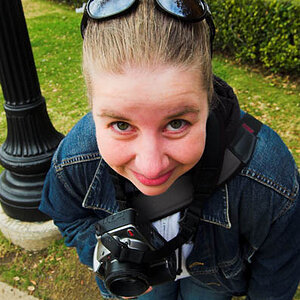
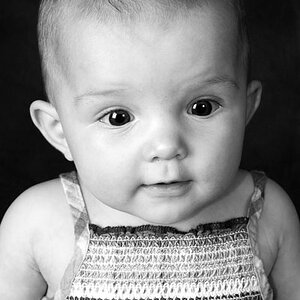
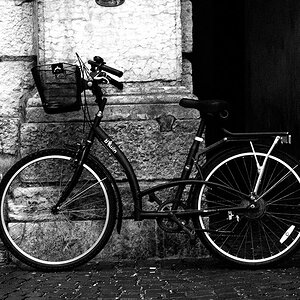
![[No title]](/data/xfmg/thumbnail/41/41759-f0f73c457ebcb6dabcbddc7a3c000487.jpg?1619739884)
![[No title]](/data/xfmg/thumbnail/41/41758-1a91d93383c843959cb160b7ac7e762e.jpg?1619739883)